4352B | Triconex COMMUNICATIONS MODULE Description Details Part Number 4352B Status Discontinued by Manufacturer Product Type Communications Module Series TCM Series Net Link Ports 2 Serial Ports (9 Pin) 4 Debug Port (9 Pin) 1 Warranty Factory Warranty May Not Apply Category PLCs/Machine Control Subcategory PLC Module/Rack Weight 4.90 lbs Introduction to the Triconex 4352B Communications Module The Triconex 4352B Communications Module is a critical component of the Tricon™ system, designed to provide seamless communication between controllers and other devices in process control environments. Whether you’re managing complex industrial processes or integrating multiple control systems, the 4352B ensures reliable and real-time data exchange across the network. Advantage of the 4352B Communications Module The Triconex 4352B module supports a range of advanced features, making it an ideal choice for applications that require high levels of reliability and performance. It offers multiple communication protocols, allowing it to interface with various field devices, third-party controllers, and SCADA systems. With dual Net Link ports and multiple serial ports, the 4352B enables robust, fault-tolerant communication across different devices, ensuring minimal downtime and maximum operational efficiency. Integration with Existing Systems One of the standout benefits of the Triconex 4352B module is its ease of integration with existing systems. It can seamlessly connect with other Triconex controllers and modules, allowing for system expansion and enhanced connectivity. Whether you’re adding new devices or upgrading legacy equipment, the 4352B’s compatibility ensures a smooth transition without the need for extensive modifications. Remote Monitoring and Control with the 4352B The 4352B module is also well-suited for remote monitoring and control applications. It supports centralized management of distributed I/O and field devices, which is particularly beneficial for industries like oil and gas, power generation, and water treatment. By allowing remote access and control, the 4352B helps operators monitor system performance, detect issues, and make adjustments in real time, all from a single location. Troubleshooting and Diagnostics for the 4352B Module While the 4352B is designed for reliability, communication failures can still occur. Fortunately, this module comes with built-in diagnostic tools that make troubleshooting a breeze. Through the Triconex system’s monitoring tools, users can access real-time diagnostics, check communication status, identify error codes, and follow troubleshooting steps to resolve issues quickly and efficiently. These features help maintain continuous operation with minimal disruptions. Conclusion The Triconex 4352B Communications Module plays an integral role in ensuring smooth communication and system reliability within industrial automation networks. Its versatile communication capabilities, ease of integration, and re...
View More























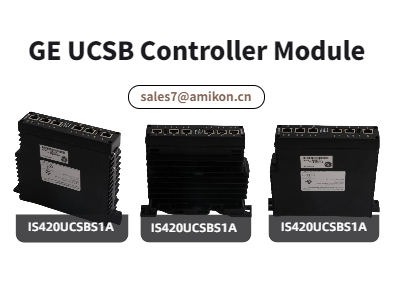



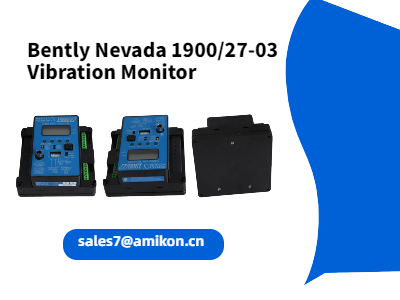
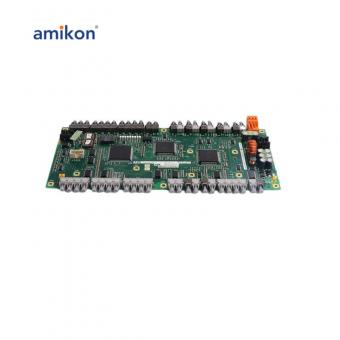

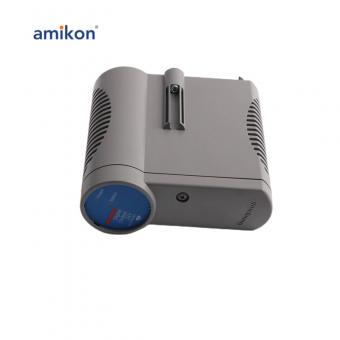
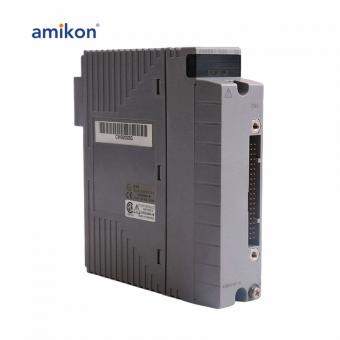
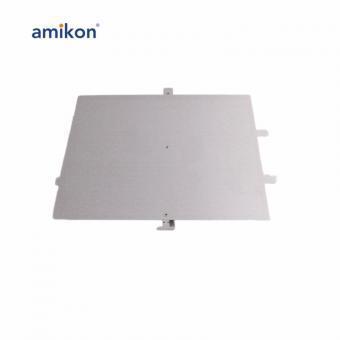






 IPv6 network supported |
IPv6 network supported | 